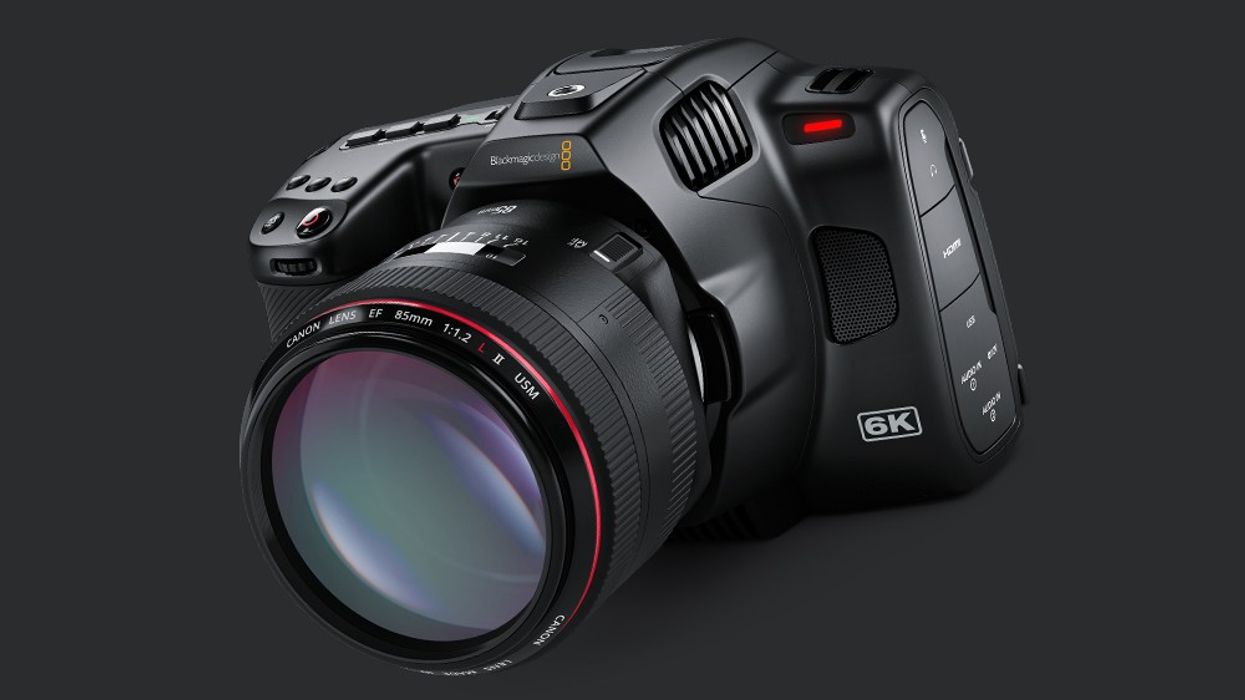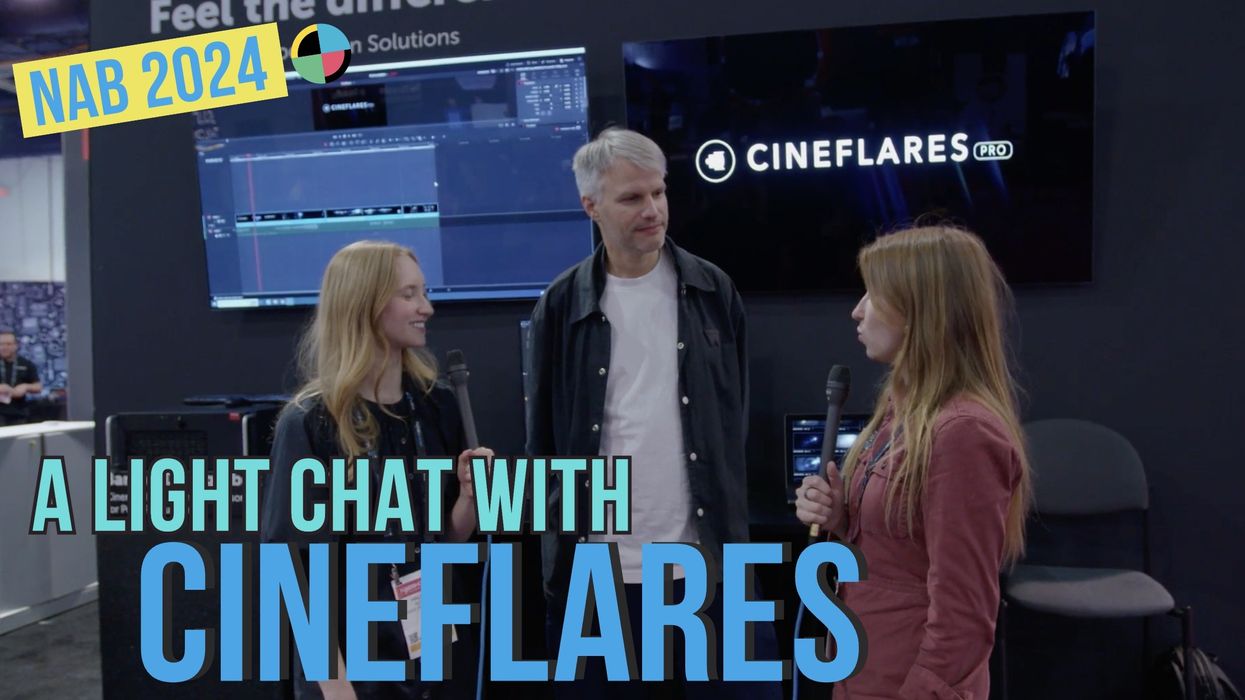Blackmagic, I Love You, but Let's Move On From EF Mount
Blackmagic updates their popular Pocket Cinema Camera, but sticks with a lens mount from 1987.

Blackmagic has just dropped the new Pocket Cinema Camera 6K Pro camera with a whole host of interesting new features to compare. A 1500-nit adjustable monitor is the biggest deal and will legitimately make it easier to use, even in broad daylight. Internal ND filters will also make life easier on those outdoor shoots. Best of all, they have moved to the bigger NP-F570 battery, which will be a huge benefit when working on set, where short battery durations have been a frustration for many.
There's even a nifty new optional viewfinder, which will definitely be interesting to users who still like pressing their eye on the eyecup. When I can, I personally like to operate from a viewfinder instead of a screen, and I know I'm not alone. You get immersed in the scene in a way that looking at a small screen can't always replicate.
But they, somewhat surprisingly, stuck with the EF lens mount on the BMPCC 6K Pro.
Which, well, is a bummer. Canon themselves, original EF mount creators, announced the RF mount back in 2018 and have moved on to a heavy focus on RF lenses and cameras. The new RED Komodo is an RF mount. The Sigma fp is L-mount—the Panasonic S1H, L-mount. These are both mounts designed for our mirrorless sensor universe, with shallow flange focal distances, easy to adapt to PL or vintage EF lenses.
While yes, you still can use an EF to PL adapter, it comes with limitations on how much the rear element can stick out behind the lens mount. It just doesn't work with all the options a DP might want in the field.
Why did Blackmagic do this?
It's hard to say. The most logical answer is that there are hundreds of lenses in EF mount, which is an argument for the decision, but they are (for the most part) still photo lenses. They're an affordable way to get your hands on lenses with the optical quality to match the camera, but Blackmagic could easily have gone RF or possibly L-mount then provided a $100 adapter to mount EF lenses on the camera body.
With the BMPCC 6K Pro, they have added internal ND filters, which is honestly a huge bonus, especially since they are IR NDs, which will give better color reproduction. If you're doing a lot of day exterior shooting, those ND filters will come in very handy. But Canon has managed to do internal NDs in the C70, with the shallower RF mount, so it doesn't seem like EF is really required for internal NDs.
Honestly, I have no real idea why Blackmagic stuck with the EF mount here. We reached out to them to learn why and will update this post if they comment.
There could be licensing costs to the RF mount or the L-mount that would make the price point too high for the camera. The RED Komodo is three times as much. Maybe Blackmagic did the math and the research and enough of their users are happy with EF mount that it made sense for them. Keeping the price affordable is a key priority for Blackmagic while packing in a ton of features. If at some point in the process it seemed like switching mounts would prevent adding the NDs or drive the price over $3K, I can see why the decision might be made. L-mount is technically "open" but that doesn't always mean it comes without some costs.
Either way, Blackmagic's mission of getting amazing cameras into the hands of as many filmmakers as possible strongly continues with the BMPCC 6K Pro.
Update: BMD President Dan May has told No Film School, “EF lenses are incredibly popular and come in a wide variety of sizes and prices. It made sense to make this camera EF compatible at the start."
The camera will likely be popular among filmmakers even those who already own the BMPCC 6K/4K because of its $2,495 price point. The new tilting 1500-nit monitor, internal RAW recording, and fresh color science will be a dynamite combo for a lot of shoots.
Maybe in reality it's only a small set of us who are eager for a Blackmagic to go RF mount. Back in 2019 when the original 6K came out, I was surprised by the EF mount. I still can't help but wonder when that dynamite combo might finally arrive.
The BMPCC 6K Pro is available now.












